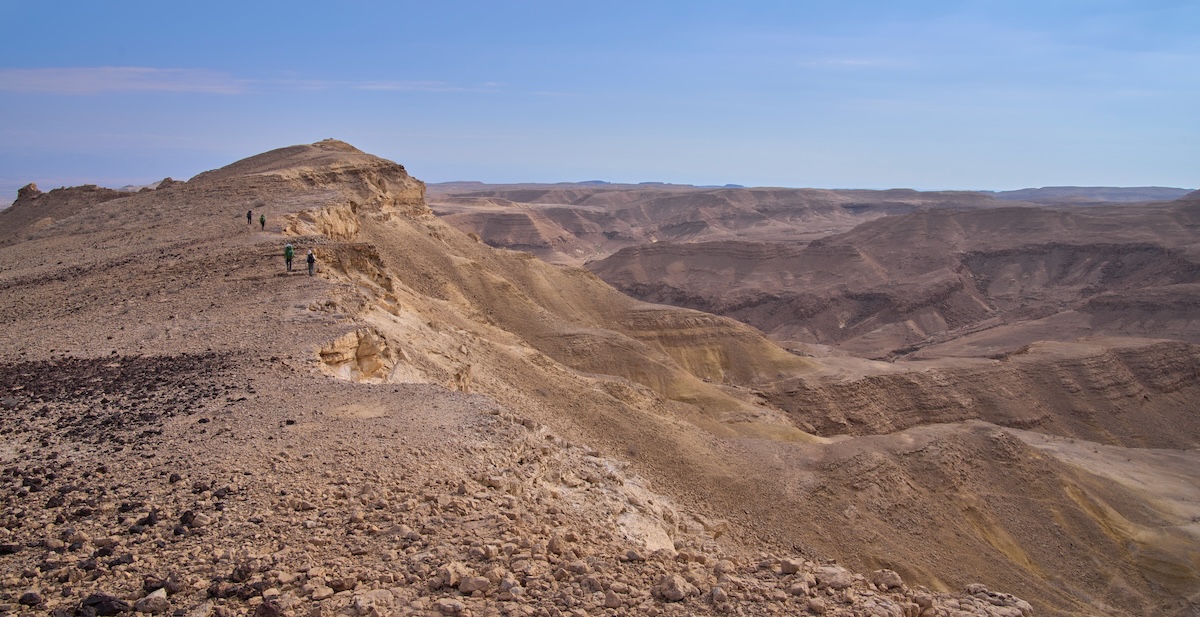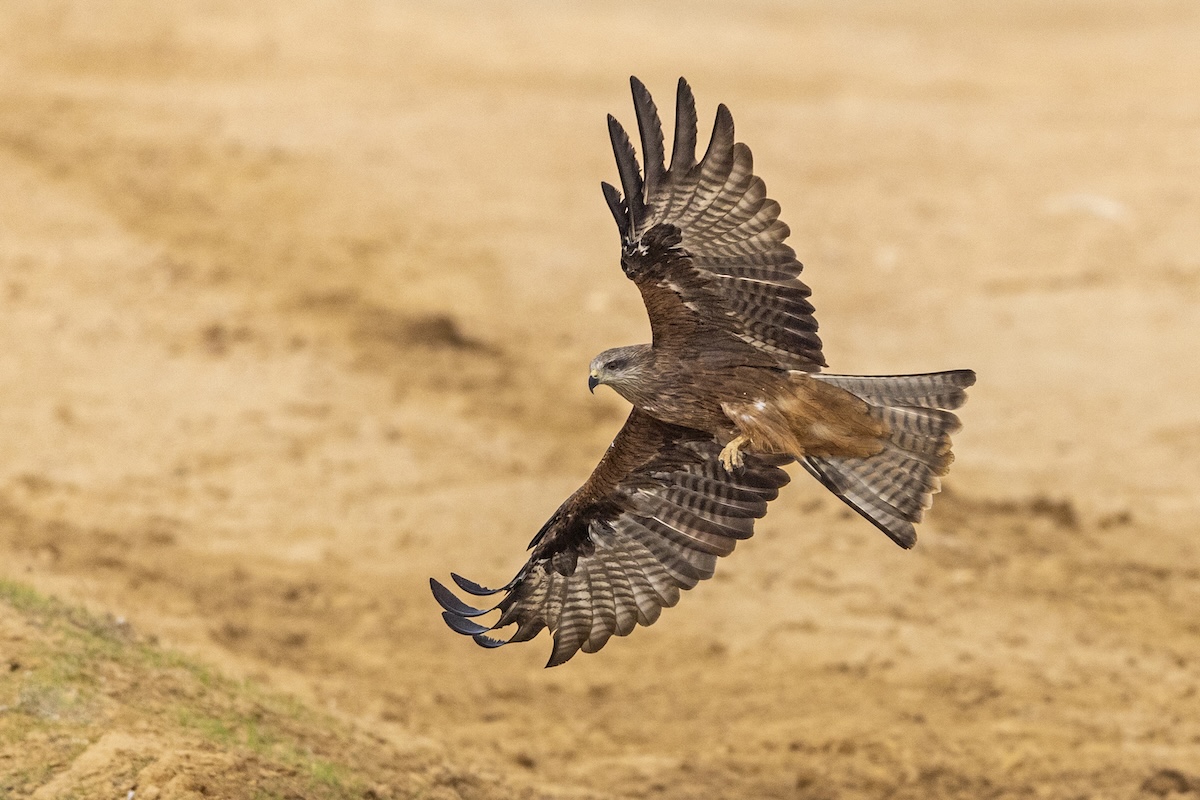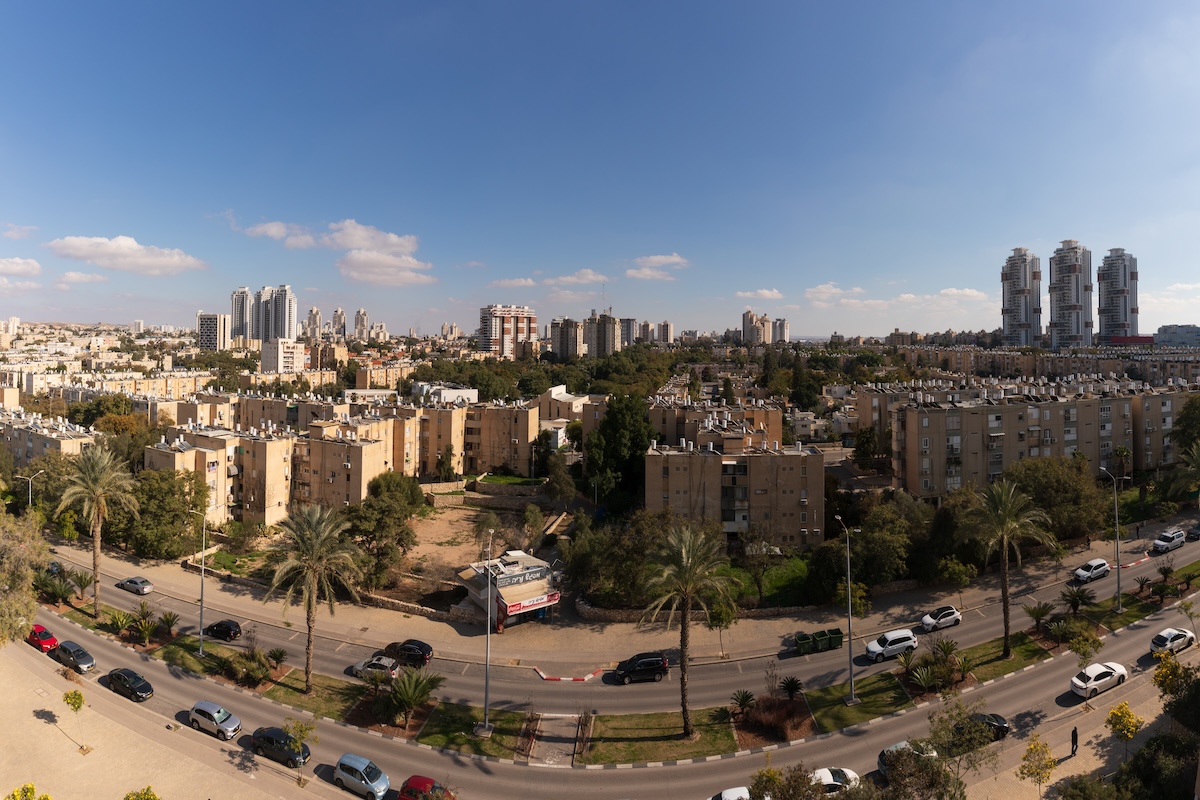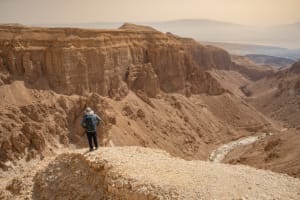Part 3: Deserts of Israel - A journey through time
Part 3 of a series that explores the challenges and wonders of the wilderness

Divine Encounter in the Wilderness
God selected the wilderness as a setting to communicate with biblical figures like Abraham, Moses and Elijah. He allowed His beloved prophets and people to endure the desert to teach them complete dependence on Him alone. Their encounters with the Almighty in the desert forged their character and revealed His glory to them.
Moreover, Isaiah prophesied: “The wilderness and the dry land shall be glad; and the desert shall rejoice, and blossom as the rose” (Isaiah 35:1).
Considering the deep spiritual significance attributed to the desert, it's hardly incidental that early Zionists were drawn to rejuvenating specifically arid regions. In the last half-century, these once-barren landscapes have thrived, attracting more families to trade urban living for the allure of desert life.
The Negev Desert
Israel's first prime minister, David Ben-Gurion, was passionate about the desert, seeing it as a potential source of prosperity for the nation. He viewed the Negev as a crucial testing ground for Israel's creativity and pioneering spirit, and once said: “It is in the Negev that the creativity and pioneer vigor of Israel shall be tested.”

His profound passion for the desert prompted him to select it as his burial site and opened his home to the public, solidifying his enduring legacy.
Ben-Gurion's vision has materialized with Israel's transformation into a start-up nation, utilizing innovations like drip irrigation, water desalination and high-tech industries to make the desert bloom.

Situated in southern Israel and bordered by Egypt to the west and the Arava to the south, the Negev boasts rocky mountains, craters, and wadis (dry riverbeds); its name originates from Hebrew “Negev” נגב, translated 'dry’ or ‘south.’
The Negev landscape is varied, with fertile soil in the north, sandy terrain in the west, and impervious soil in the central region. The high plateau of Negev Heights experiences extreme temperatures, ranging from freezing winters to scorching summers.
Despite its aridity, the Negev supports diverse flora and fauna including Persian fallow deer, golden jackals, striped hyenas, and Arabian ibexes, which number in the thousands.

The biblical history of the Negev dates back to Abraham's residence (Genesis 12,13,15), Moses' reconnaissance mission (Deuteronomy 34:3, Numbers 27:12), and its inclusion in the lands promised to the people of Israel (Joshua 1:4).
Later, it was settled by the tribes of Judah and Simeon (Joshua 19) and became part of Solomon's kingdom (1 Kings 4:7-19).
Beersheva, meaning the "well of seven," is significant as the place where Abraham and Abimelech swore an oath (Genesis 21:31). It is also where God encountered Jacob (Genesis 46:2), Isaac (Genesis 26:24), and Elijah (1 Kings 19:7).

Since the 10th century, nomadic Bedouin communities have flourished in the Negev Desert, sustaining themselves primarily through sheep and goat farming. These communities have preserved their traditions over centuries, including camel husbandry. Today, Bedouin heritage remains deeply rooted in its pastoral lifestyle, reflecting a resilient connection to the arid landscapes of the Negev.

During the British Mandate period (1923-1948), the Negev underwent rapid development with the construction of key highways linking Beersheva to Eilat, Yeruham Avdat, and Mitzpeh Ramon.
In March 1949, during the War of Independence, the Israeli army secured the Negev from the Egyptians, marking a pivotal moment in the region's history.
Urbanization following modern settlement has transformed Beersheva into the "capital of the Negev", one of Israel's major cities. It serves as a diverse, multilingual metropolis supporting nearby towns, kibbutzim and Bedouin settlements. Renowned for its high-tech innovation, Beersheva leads research in medicine, genetics, agriculture, hydrology, energy, and environmental studies.

The population of the Negev, currently standing at approximately 1,131,000, has been reflecting a noticeable trend as farmers, entrepreneurs, and those seeking a quieter lifestyle increasingly settle in the southern region of Israel.
The region was slated for significant growth until the devastating Hamas invasion and terror attack on Oct. 7 in the northwestern Negev, which significantly impeded the area's restoration and development initiatives.
Despite these massive challenges, many residents seem determined to pursue their efforts assiduously, following the example set by the courageous founding fathers and pioneers of Eretz Israel.
May the faithful God of Abraham, Isaac, and Jacob, be their oasis of comfort, peace, and strength.
“Behold, I will do a new thing; now shall it spring forth; shall ye not know it? I will even make a way in the wilderness, and rivers in the desert” (Isaiah 43:19).
Click here to read Part 1 and Part 2.

The All Israel News Staff is a team of journalists in Israel.
You might also like to read this:














